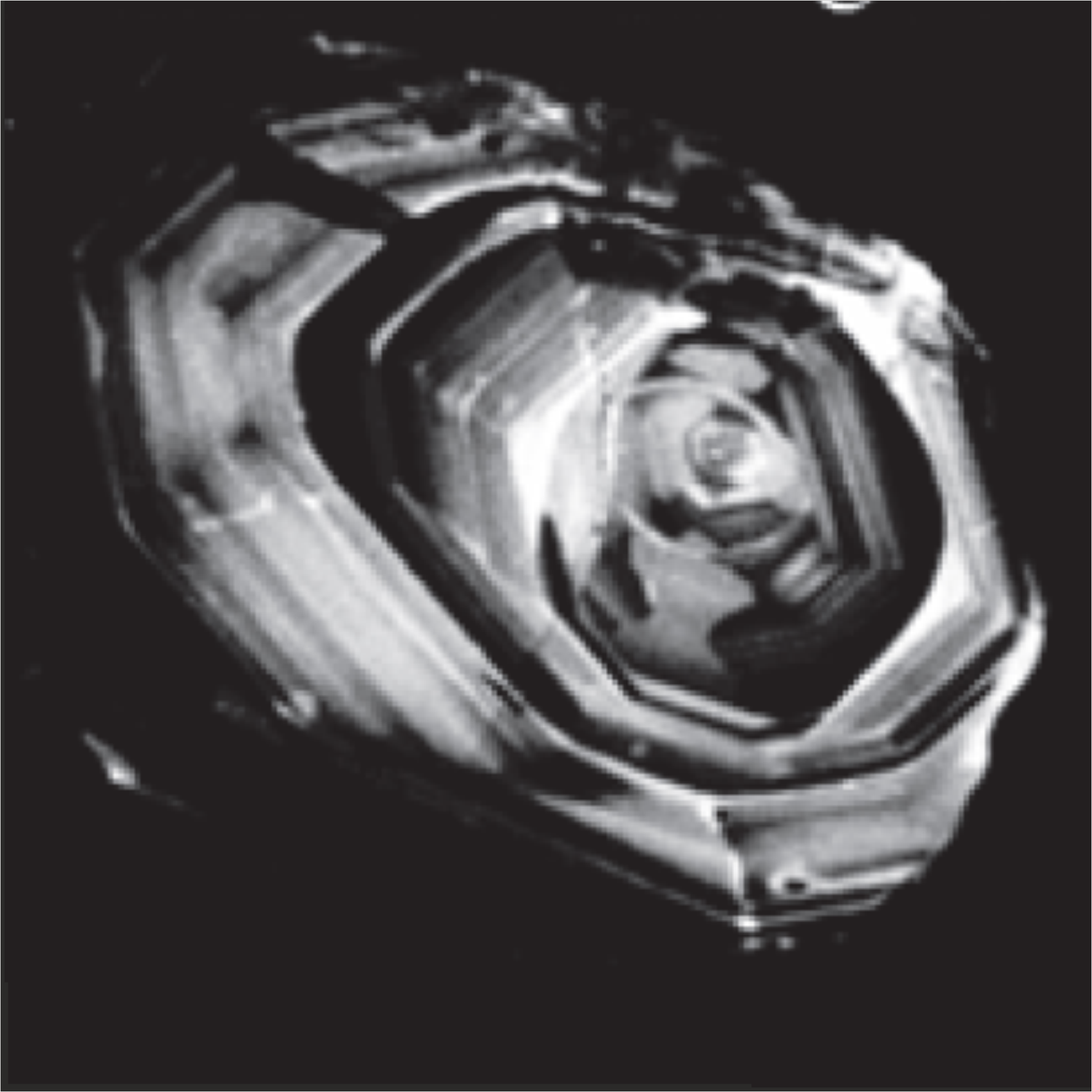Sample prescreening methodology for increased precision U–Pb age determination of zircon
Abstract
Nowadays zircon is the most common mineral of the geological U-Pb dating method. One of the main barriers of getting properly time-resolved and reliable zircon age data is just the internal heterogeneity of the zircon crystals themselves. For overcoming that limitation we defined a four-step pre-examination protocol to be followed before LA-ICP-MS based local geochronology aimed data collection on zircon.
Our studied zircon crystals (Table 1) came from Variscan K-Mg-rich granitoids in southern Hungary (Mórágy) and northern Austria (Rastenberg). In previous geochronology-aimed publications (KLÖTZLI & PARRISH 1996; KLÖTZLI et al. 2004; GERDES 2006; KOROKNAI et al. 2010) the Variscan age of the two magmatic complexes is already determined. Nevertheless, these investigations left open basic questions with respect to the whole history of the intrusions (origin of the different rock types and age of the secondary overprinting effect), mainly because of the ambiguity caused by the overlooked textural heterogeneity of the studied zircon crystals.
In order to answer the open questions, we clarified and identified the different geological processes on the basis of their preserved traces in zircon textures from two intrusions using a four-step pre-examination process:
1. Zircon crystals of different morphology were hosted by different rock-forming minerals at both localities based on light microscopy: “normal” (S24, S25), “flat” (re-defined from S4 to AB5) and “long” (P5) prismatic zircon crystals. The basis of separation is the position of the c-axis in the crystals (Figure 2). Zircon grains occur with the same frequency in all the rock types of both locations (Mórágy, Rastenberg). By morphology, “normal” prismatic zircon crystals are dominant in different granitoid rocks, “flat” prismatic zircon crystals are less frequent, while “long” prismatic zircon crystals occur rarely (Figure 3). Analysis of a limited number of zircon crystals in their undisturbed petrographic position in thin sections showed that the “normal” and “flat” prismatic zircon crystals were present in all rock-forming minerals of granitoid rocks, while the few, “long” prismatic zircon crystals occurred only in quartz and feldspar (Figure 4).
2. Determination of mineral inclusions in zircon based on electron probe microanalyses (EPMA). Multiphase (K-feldspar, albite, quartz) and single-phase inclusions (apatite, feldspar, biotite, quartz, thorite/uranothorite) were found in zircon crystals at both localities (Table 2). From a genetic viewpoint, multiphase inclusions are the most relevant. This inclusion type, consisting of Na-free K-feldspar, albite and quartz and occurring most commonly in “long” prismatic zircon crystals, indicates lower temperature crystallization from Si-rich granite melt, confirming that zircon was crystallizing continuously during the solidification of the rest granitoid magma (Figure 5).
3. Primary and secondary textural patterns of zircon crystals were identified in details on by comparison of the cathodoluminescence (CL) and back-scattered electron (BSE) contrasts using scanning electron microscope (SEM). Four internal texture types of zircon could be distinguished (Figure 6a, b). Primary internal textures are growth zoning ± xenocrystic core and sector zoning. The observed secondary textural feature is convolute zoning. Primary texture types occur in all rock types at both localities, but secondary texture is observable only in zircon crystals from Mórágy Complex.
4. Structural state of zircon zones was determined by Raman spectroscopy. We classified three groups of structural state of the individual zircon zones based on the full width at half maximum (FWHM) of the ν3(SiO4) Raman band: I. well crystallized (< 5 cm-1 FWHM), II. intermediate (5–15 cm-1 FWHM), III. metamict (>15 cm-1 FWHM).
Accordingly, the strongly radiation-damaged zones could be excluded from the LA-dating, because these zircon zones are not too resistant toward to the fluid-driven replacement processes (PUTNIS 2009). In the case of the alteration of previously radiation-damaged zircon zones we have to take into account the possibility of Pb loss during the replacement reaction, which can modify and disturb the precise U-Pb age determination (NASDALA et al. 1998). Our samples are generally characterized by moderate radiation damage, FWHM values were mainly between 5 cm-1 and 15 cm-1 (Figure 7).
Having regard to four-step pre-examination of zircon crystals from all rock types (Figure 1) we can conclude, that the areas of the primary textures (growth zoning ± xenocrystic core and sector zoning) represent the effect of the main magmatic event. The age difference between the core and rim of zircon gives the time interval of the main magmatic crystallization. The xenocrystic core can inform us about the crustal origin. The secondary texture (convolute zoning, fluid-mediated reactions) reflects the imprint of any post-magmatic event in zircon crystals (Figure 8).
Having collected these pieces of information one can mark the promising spots (areas of some ten micrometer in diameter) in zircon crystals from both localities for reliable and geologically well interpretable age data determination (Table 3). With the help of the four-step pre-examination of zircon crystals the yield of the age data was: zircon core 80%, growth and sector zoning 94%-os, convolute zoning 100%.
















